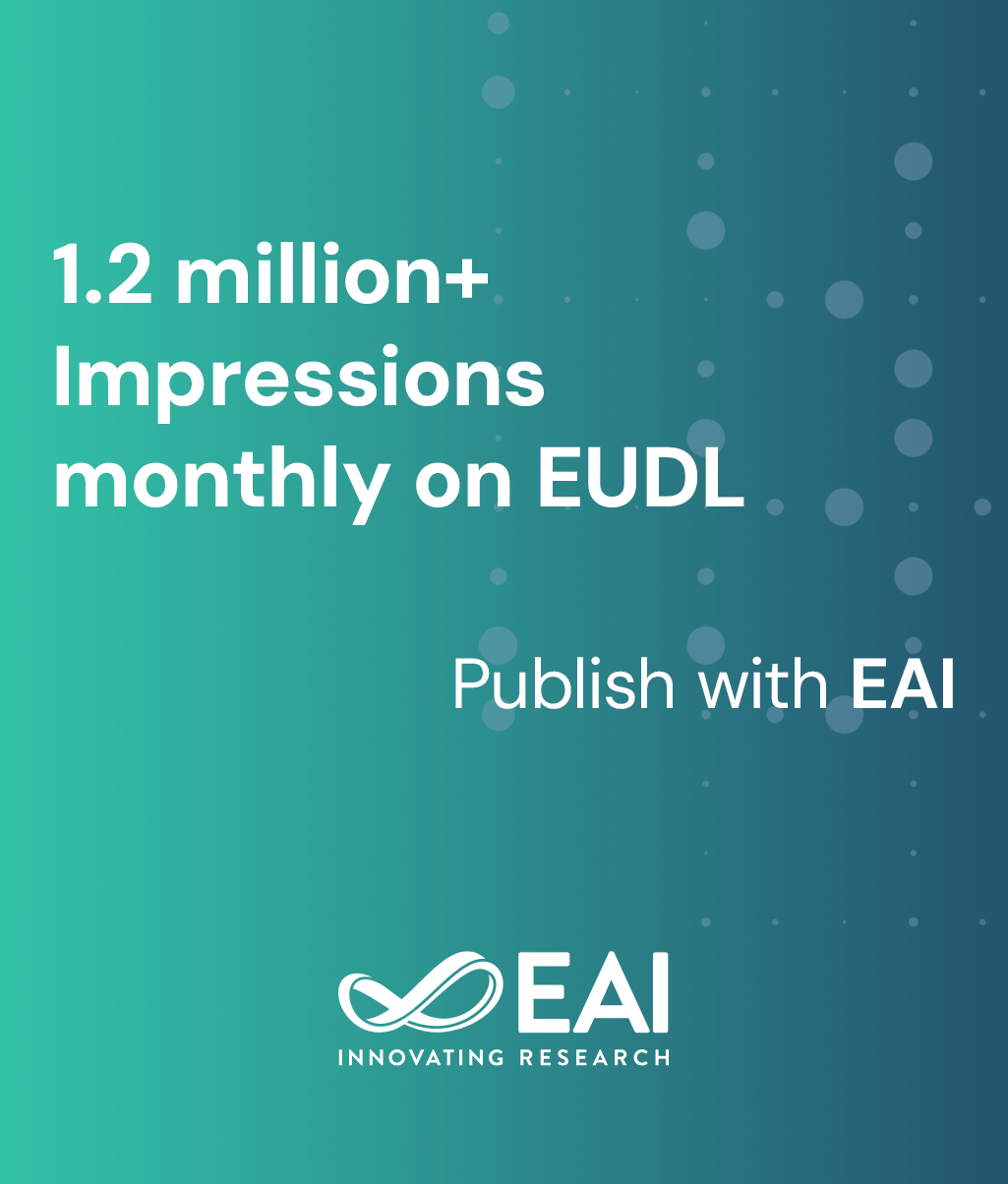
Research Article
Optimizing UAV Trajectories in Optical IRS-Aided Hybrid FSO/RF Aerial Access Networks Using DRL Technique
@ARTICLE{10.4108/eetinis.124.10134, author={Cuong NGUYEN and Thang NGUYEN and Hien PHAM and Anh DO and Ngoc Dang}, title={Optimizing UAV Trajectories in Optical IRS-Aided Hybrid FSO/RF Aerial Access Networks Using DRL Technique}, journal={EAI Endorsed Transactions on Industrial Networks and Intelligent Systems}, volume={12}, number={4}, publisher={EAI}, journal_a={INIS}, year={2025}, month={11}, keywords={Unmanned aerial vehicles (UAVs), Intelligent reflecting surface (IRS), Free Space Optics (FSO), Deep Reinforcement Learning (DRL)}, doi={10.4108/eetinis.124.10134} }- Cuong NGUYEN
Thang NGUYEN
Hien PHAM
Anh DO
Ngoc Dang
Year: 2025
Optimizing UAV Trajectories in Optical IRS-Aided Hybrid FSO/RF Aerial Access Networks Using DRL Technique
INIS
EAI
DOI: 10.4108/eetinis.124.10134
Abstract
This paper investigates hybrid free-space optics (FSO)/radio frequency aerial access networks (AANs) using a high-altitude platform (HAP) and multiple UAVs to dynamically serve terrestrial users under varying environmental conditions, such as atmospheric turbulence and cloud-induced attenuation. The optical intelligent reflecting surfaces (OIRS), mounted on the HAP, enhance the FSO signal distribution to multiple UAVs by enabling precise beam manipulation, improving link reliability, and increasing network scalability. A deep reinforcement learning (DRL)-based approach is developed to optimize UAV placement and user association in real time, maximizing end-to-end throughput while adhering to backhaul capacity constraints. The study takes into account FSO channel impairments, including path loss, turbulence-induced fading, and pointing misalignment, modeled using log-normal distributions. Numerical results demonstrate that the dynamic deployment of multi-UAV configuration, trained under realistic cloudy conditions, significantly outperforms single-UAV and static deployment strategies, achieving higher data rates and stable user connectivity. This work highlights the potential of deploying OIRS-assisted AANs supporting multiple UAVs to realize robust and high-performance 6G networks.
Copyright © 2025 Ngoc T. Dang et al., licensed to EAI. This is an open access article distributed under the terms of the Creative Commons Attribution license (http://creativecommons.org/licenses/by/3.0/), which permits unlimited use, distribution, and reproduction in any medium so long as the original work is properly cited.


